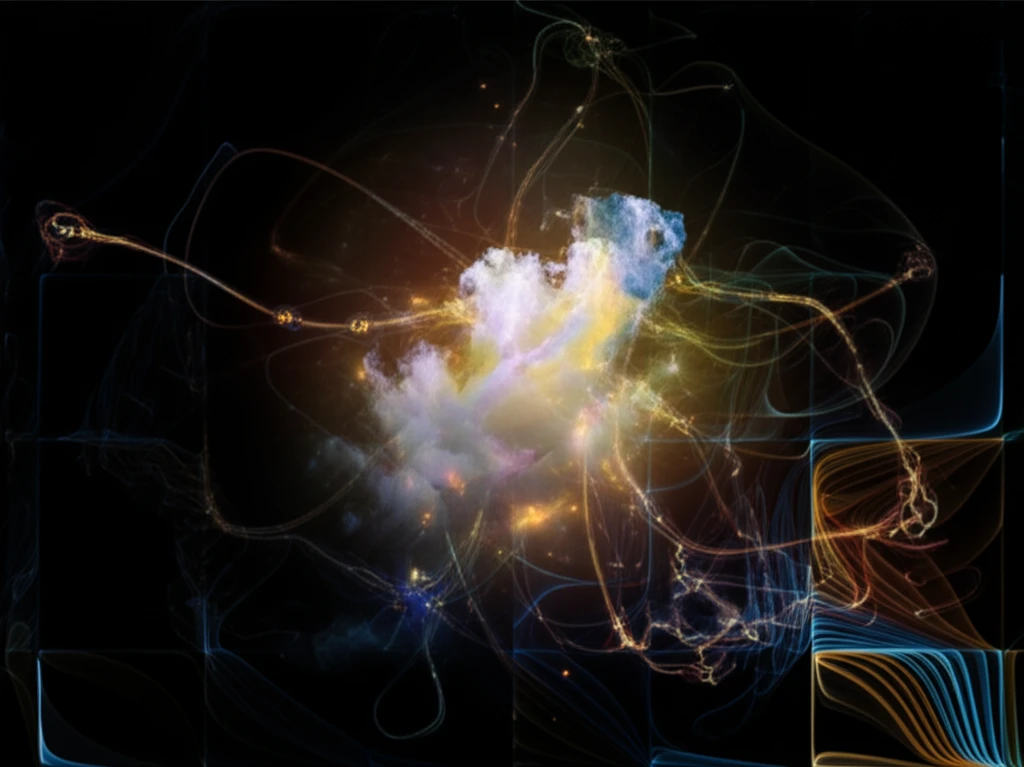
Unlocking Brain Plasticity: How BDNF and TrkB Rewrite Neural Connections
"Discover how brain-derived neurotrophic factor (BDNF) and its receptor, TrkB, orchestrate crucial communication pathways in your brain, paving the way for enhanced learning and memory."
The human brain, a marvel of biological engineering, possesses an extraordinary ability to adapt and reorganize itself throughout life. This capacity, known as neuroplasticity, allows us to learn new skills, form memories, and recover from injuries. At the heart of this intricate process lies a powerful molecule called brain-derived neurotrophic factor, or BDNF.
BDNF acts like a fertilizer for your brain, promoting the growth, survival, and differentiation of neurons. It exerts its influence by binding to a high-affinity receptor called TrkB, triggering a cascade of intracellular signaling pathways that ultimately shape the structure and function of neural circuits. While scientists have long recognized the importance of BDNF and TrkB in learning and memory, the precise mechanisms by which they orchestrate these complex processes remain a subject of intense investigation.
Now, a compelling new study sheds light on how BDNF and TrkB modulate the activity of NMDA receptors (NMDARs), key players in excitatory neurotransmission and synaptic plasticity. By dynamically interacting with a signaling molecule called RasGrf1, BDNF and TrkB fine-tune NMDAR signaling, influencing the balance between long-term potentiation (LTP) and long-term depression (LTD) – two fundamental processes underlying learning and memory.
BDNF and TrkB: Orchestrating Neural Communication

The study, conducted by Talebian, Robinson-Brookes, and Meakin (2018), unveils a novel mechanism by which BDNF and TrkB modulate NMDAR signaling, offering insights into how these molecules influence learning, memory, and overall brain health. The researchers focused on RasGrf1, a guanine nucleotide exchange factor known to interact with both Ras and Rac – two key signaling molecules involved in neuronal growth and plasticity.
- Uncoupling LTD: BDNF helps detach RasGrf1 from NR2B, reducing signals that cause long-term depression in synapses.
- Promoting Growth: It encourages RasGrf1 to join with TrkB, boosting neuron growth and enhancing learning and memory processes.
- Dual Action: This dual mechanism allows TrkB to fine-tune NMDA receptor functions, balancing brain activities for learning and growth.
Rewriting the Brain's Code: Implications and Future Directions
These findings have significant implications for our understanding of neuroplasticity, cognitive enhancement, and the treatment of neurological disorders. By unraveling the intricate mechanisms by which BDNF and TrkB modulate NMDAR signaling, scientists may be able to develop novel therapies to promote learning, memory, and recovery from brain injuries.
